Correction of Crooked Leader
longtee81 (Zone 5a)
10 years ago
Related Stories

PAINTINGHow to Hire a Painter to Do Your Interiors
Here’s what to know about hiring a painting contractor and what to expect during the job
Full Story
DECORATING GUIDESRoom of the Day: Playing All the Angles in an Art Lover’s Living Room
Odd angles are no match for a Portland designer with an appreciation of art display and an eye for good flow
Full Story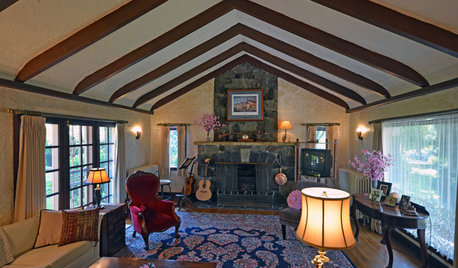
HOUZZ TOURSPortland Home Tour Celebrates a Native Son
Step inside 6 midcentury homes highlighting architect Van Evera Bailey’s work
Full Story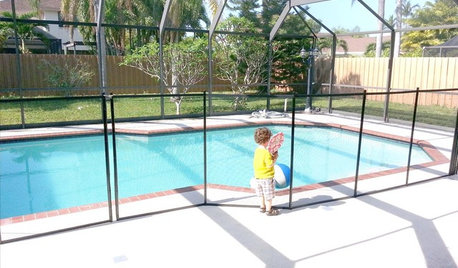
HEALTHY HOMEThese Steps Will Help Keep Kids Safe Around Pools and Spas
Implement several layers of security to prevent life-threatening accidents in and around the pool
Full Story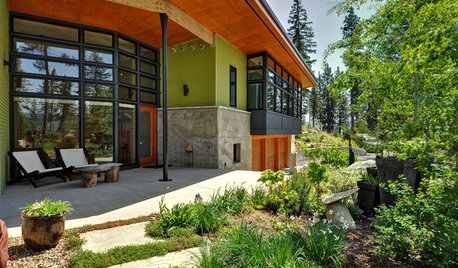
BUDGETING YOUR PROJECTConstruction Contracts: What Are General Conditions?
Here’s what you should know about these behind-the-scenes costs and why your contractor bills for them
Full Story
SELLING YOUR HOUSE15 Questions to Ask When Interviewing a Real Estate Agent
Here’s what you should find out before selecting an agent to sell your home
Full Story
ROOTS OF STYLEArt Deco, Art Nouveau, Arts and Crafts: What’s the Difference?
If the zigzag and swirly designs of the past leave your head spinning, these descriptions will straighten you right out
Full Story
GRASSESHow to Rock a Lawn
Weekend Project: The key to healthy grass begins with the soil. If turf works for you, here’s how to fix it and keep it looking its best
Full Story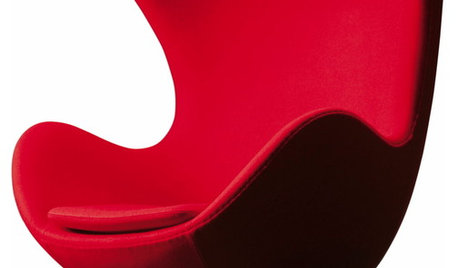
FUN HOUZZHouzz Quiz: Which Midcentury Modern Chair Are You?
Have a seat for a little fun. Better yet, have a seat that has you written all over it
Full Story
WINDOWSSteel-Framed Windows Leap Forward Into Modern Designs
With a mild-mannered profile but super strength, steel-framed windows are champions of design freedom
Full StoryMore Discussions






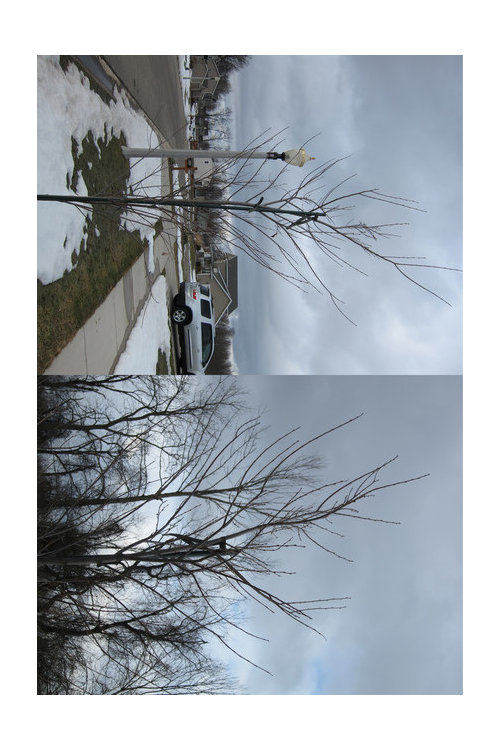


ken_adrian Adrian MI cold Z5
WendyB 5A/MA
Related Professionals
East Rancho Dominguez Landscape Architects & Landscape Designers · Athens Landscape Contractors · Camp Verde Landscape Contractors · Cockeysville Landscape Contractors · Mercedes Landscape Contractors · New Baltimore Landscape Contractors · Norwalk Landscape Contractors · Overland Park Landscape Contractors · South Hackensack Landscape Contractors · Colorado Springs Siding & Exteriors · San Diego Siding & Exteriors · Hot Springs Village Decks, Patios & Outdoor Enclosures · Methuen Decks, Patios & Outdoor Enclosures · Parker Decks, Patios & Outdoor Enclosures · Southampton Decks, Patios & Outdoor Enclosureslongtee81 (Zone 5a)Original Author
whaas_5a
WendyB 5A/MA
poaky1
whaas_5a
ken_adrian Adrian MI cold Z5
longtee81 (Zone 5a)Original Author